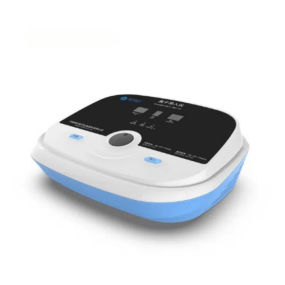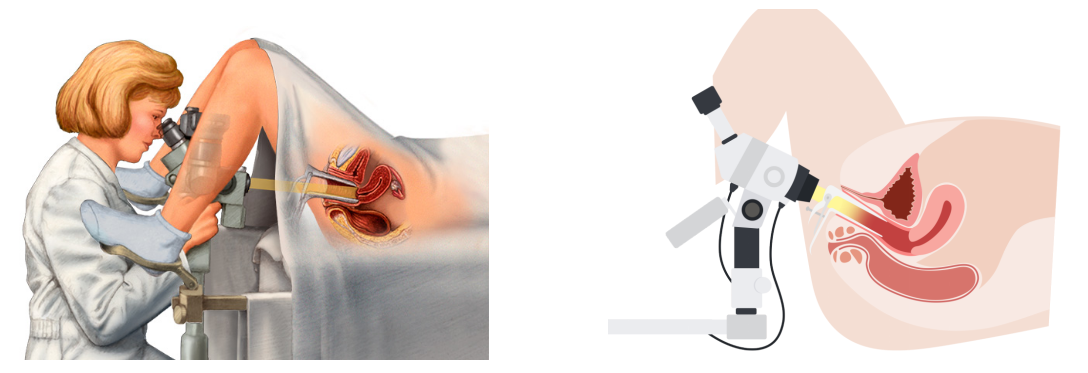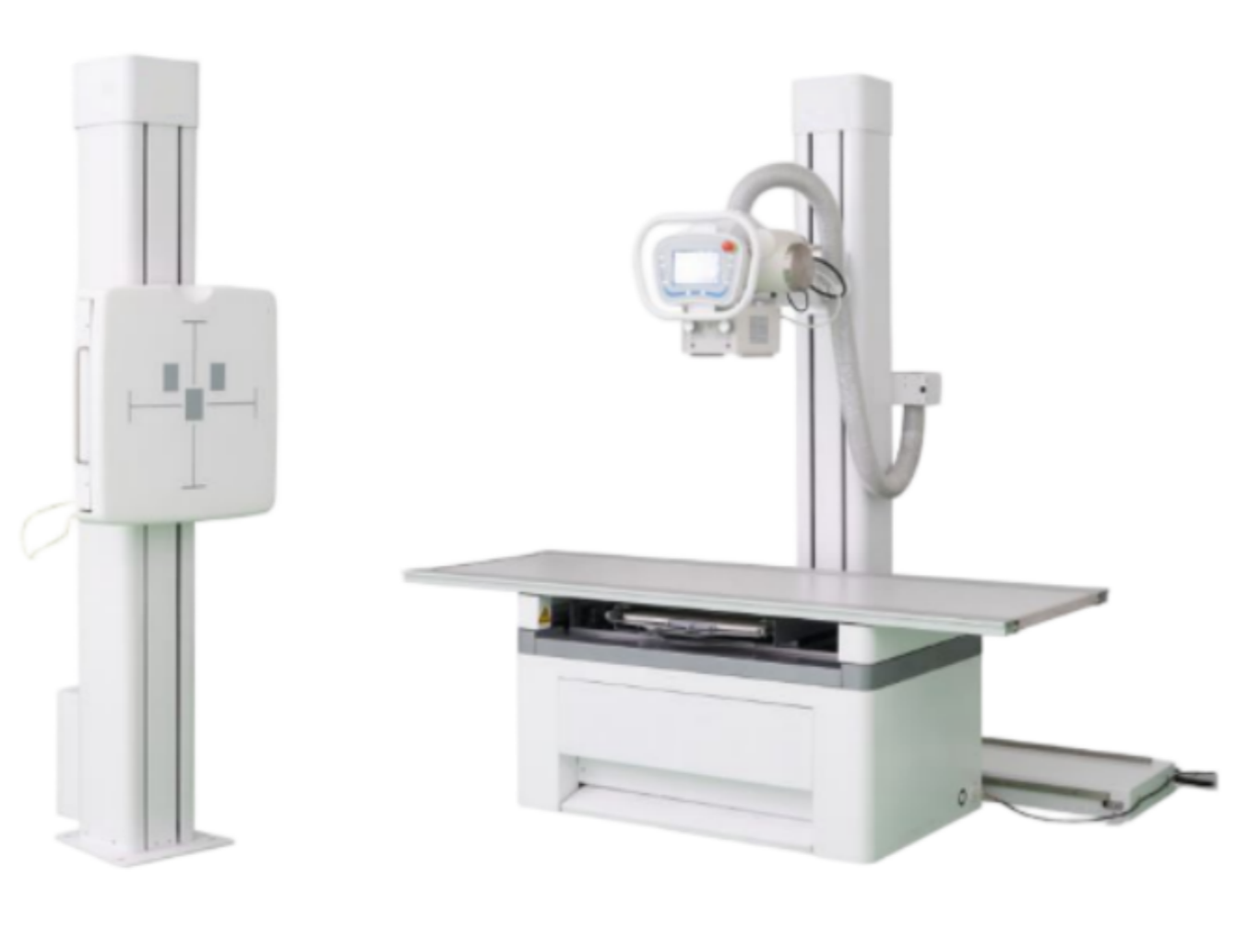Patient Monitor
- Everything You Should Know
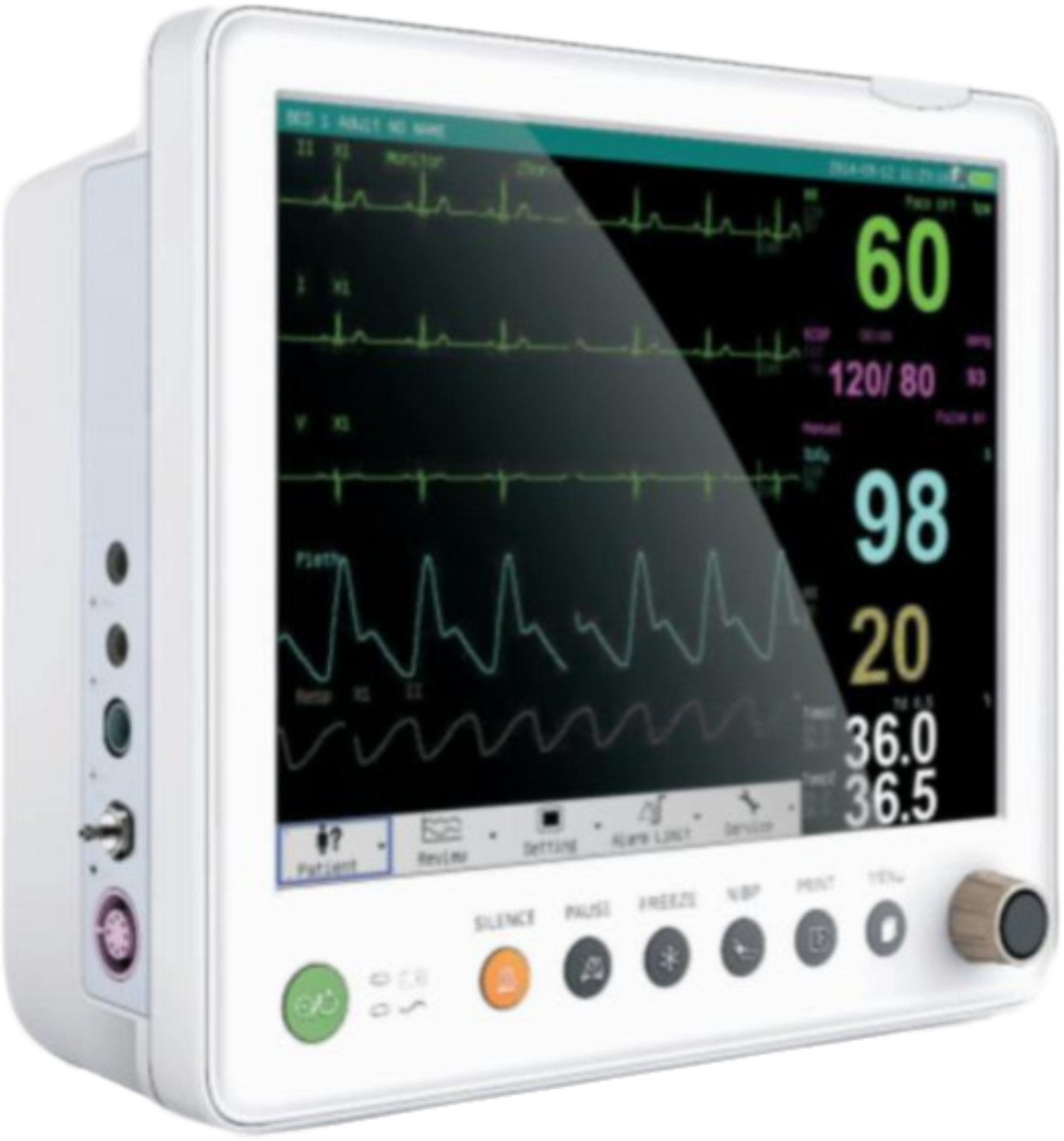
What is a Patient Monitor?
A patient monitor is a medical device used to continuously observe, measure and record a patient's vital signs. lt helps healthcare professionals track critical parameters and detect early signs of deterioration.
Key Parameters Monitored
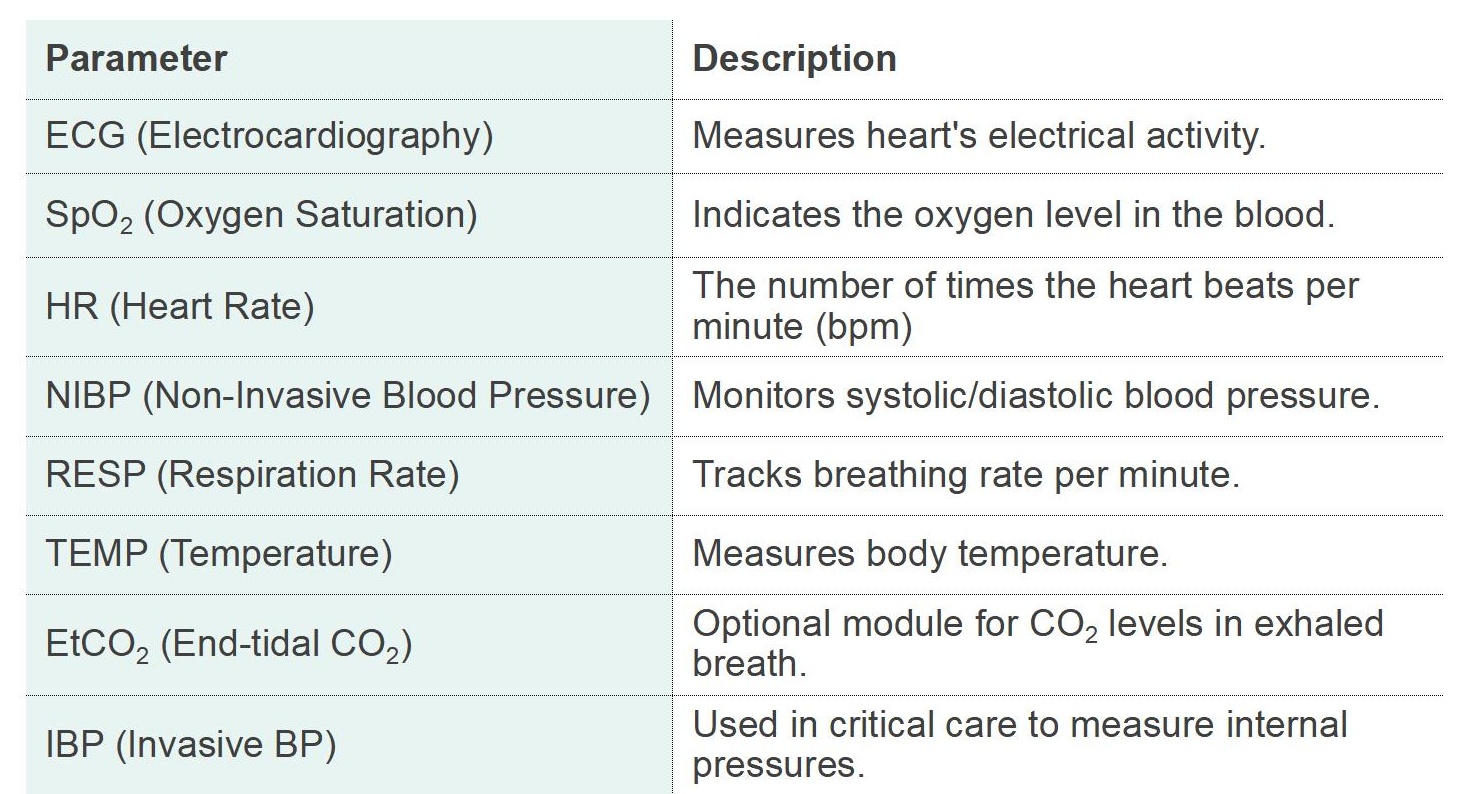
Patient Monitor Uses & Benefits
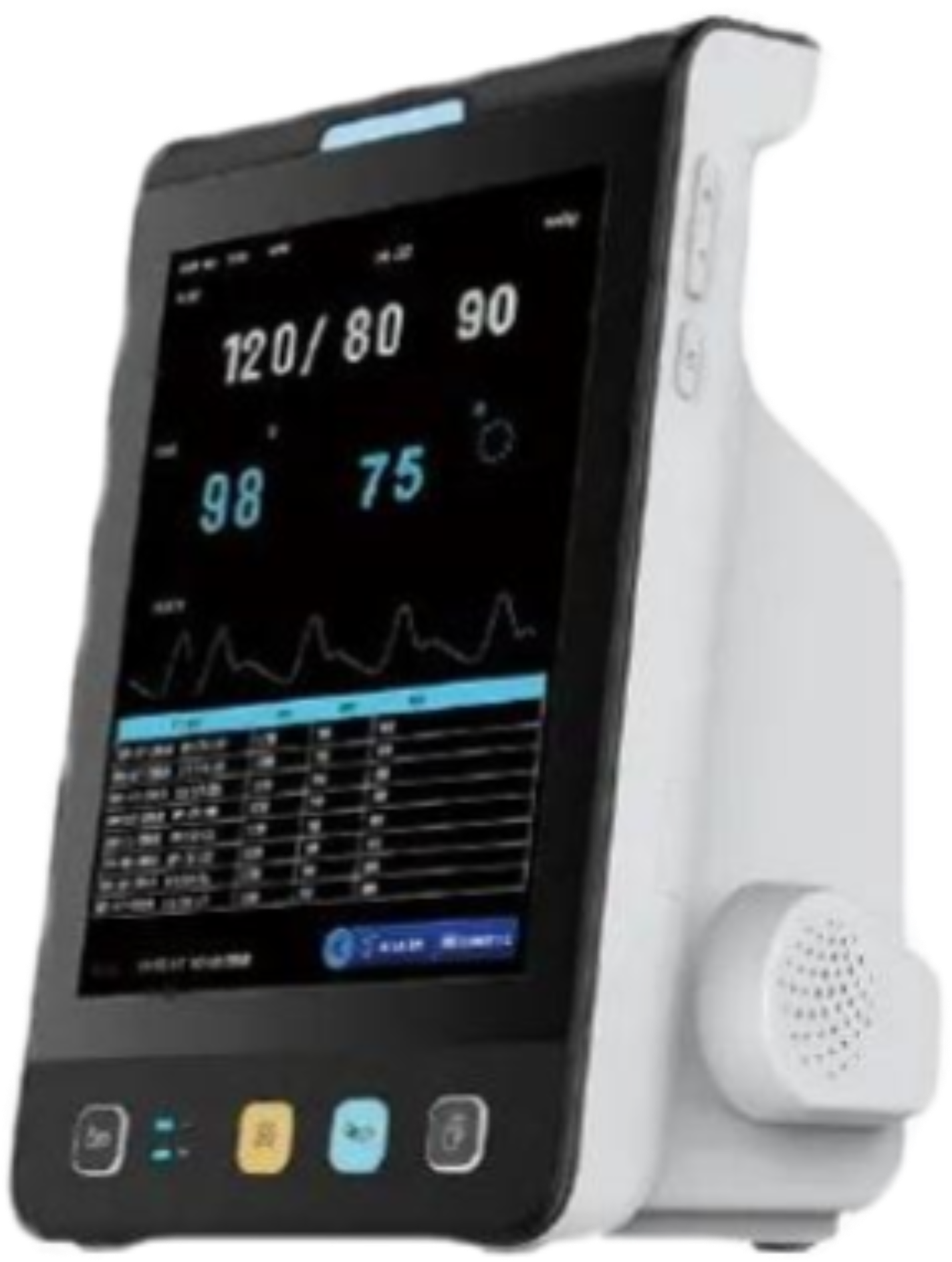
1️⃣ Early Detection of Changes
Patient monitors continuously track vital signs, allowing for the early detection of any abnormalities or changes in a patient's condition.
This prompt intervention can prevent life-threatening complications and enhance patient outcomes.
2️⃣ Efficient Patient Care
Patient monitoring devices increase the efficacy of healthcare professionals by providing real-time data.
They can prioritise care according to the severity of a patient's condition and administer prompt treatment.
3️⃣ ICU and Critical Care Management
Advanced multi-parameter monitors are essential in intensive and critical care units, where patients require constant monitoring and immediate attention.
These monitors ensure that medical teams can respond swiftly to any indications of deterioration.
4️⃣ lmproved Maternal and Neonatal Care
Fetal monitors are essential for monitoring the health of expectant moms and their newborns throughout labour.
This assists medical professionals in making informed decisions and delivering appropriate care.
5️⃣ Remote Patient Monitoring
RPM devices enable patients to manage chronic conditions from their homes while keeping healthcare providers informed of their progress.
This decreases hospital visits and increases patient satisfaction.
What Is the Patient Monitor Function?
The patient monitor is one of the most popular medical instruments in clinical applications, and it is the necessary equipment for the emergency department, operating room, and ICU.
In addition to measuring and monitoring the patient's physiological parameters, the patient monitor can also monitor and deal with the patient's medication and condition before and after the operation.
The use of patient monitors provides a basis for doctors to make the correct diagnosis and formulate medical plans and greatly reduces the mortality rate of critically ill patients.

Who Uses Patient Monitors?

How to Read a Patient Monitor?
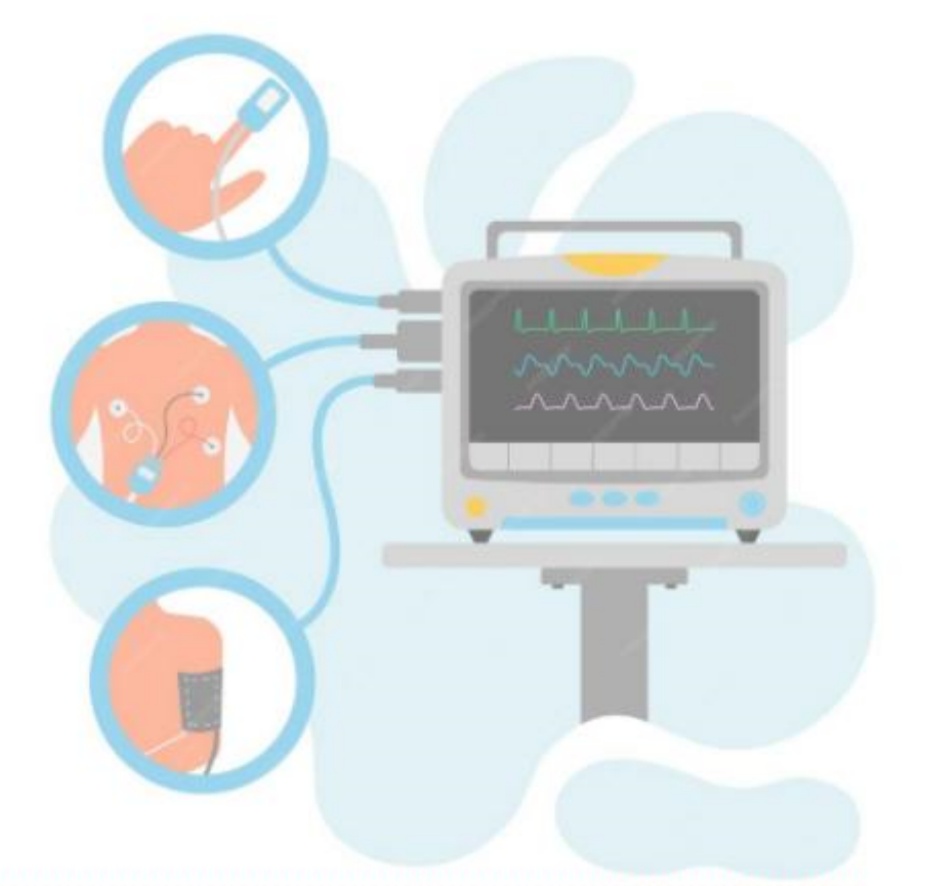
The sensors connected to the patient's body carry the information that is displayed on the patient monitor.
You can read the parameters on the machine. Here's how you can interpret the numbers shown in the display:
Heart Rate:
Typically, the resting heart rate of a healthy adult is between 60-100 beats per minute.
Blood Pressure:
Blood pressure numbers in the range of 120/80 are considered to be normal.
Body Temperature:
Temperature is reported in degrees Fahrenheit or degrees Celsius. lt can be anywhere from 36.1°C(97°F) to 37.2°C(99°F).
Oxygen Saturation (Spo2):
lt is the measure of the amount of oxygen in the patient's blood. The SpO2 is normally 95 or higher.
Respiratory Rate (RR):
A resting adult typically breathes 12 to16 times a minute. lt is reported in breaths per minute.


